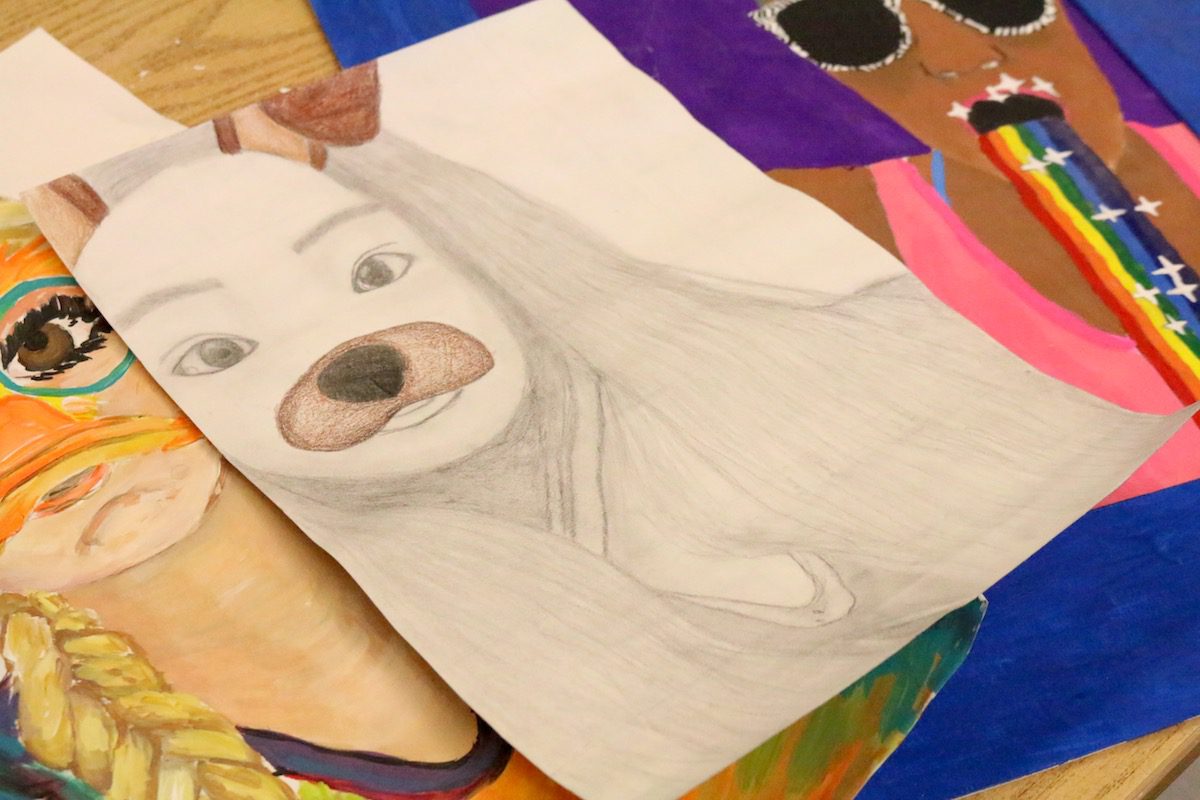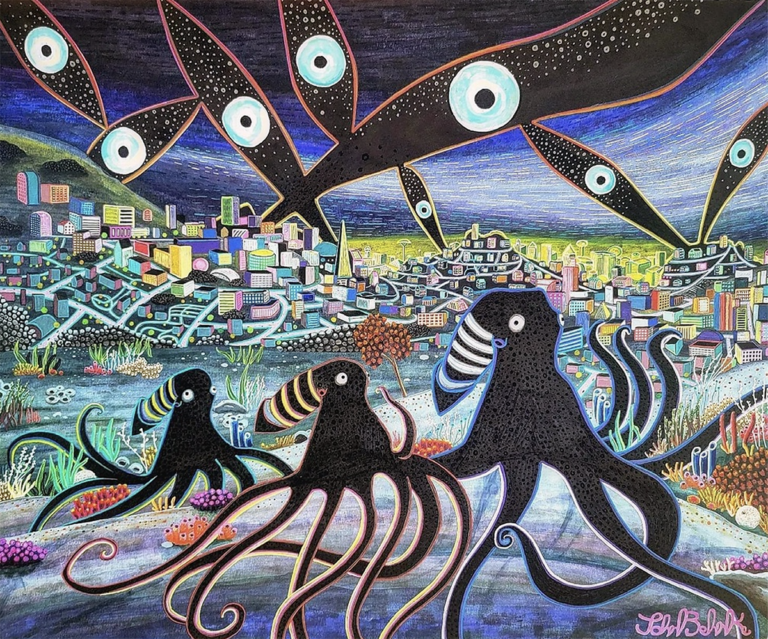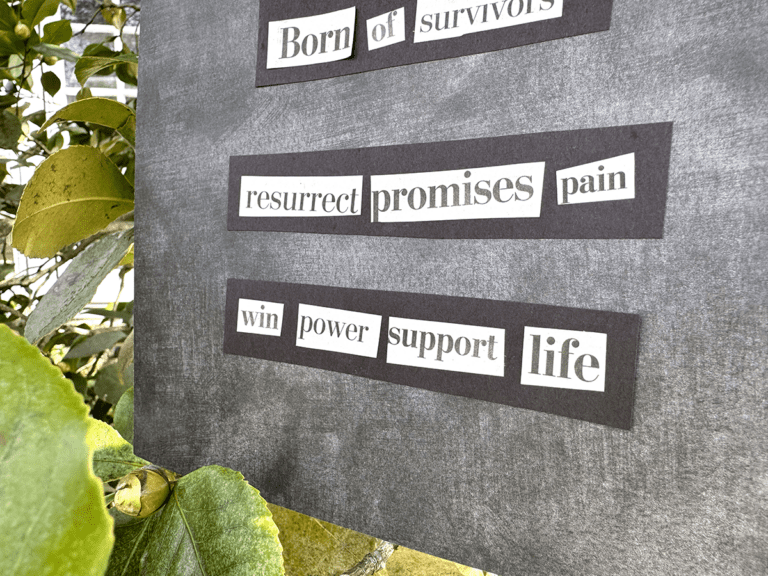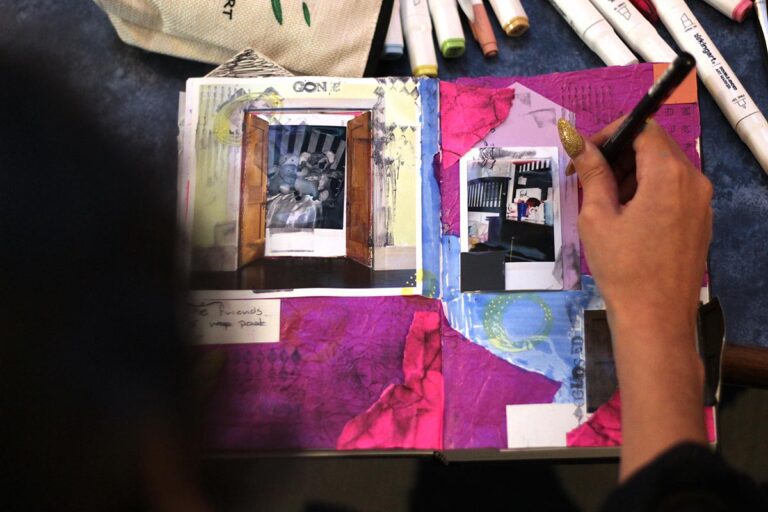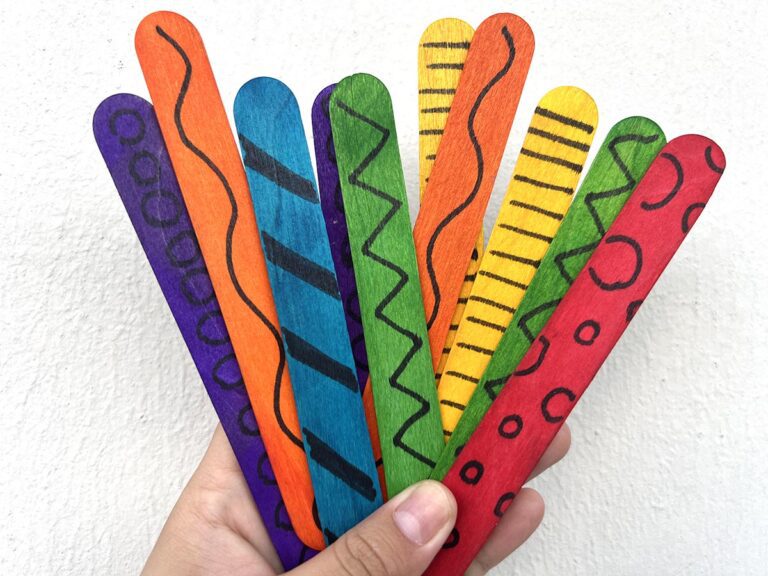Self-portraits. You either love them or you hate them. The same usually goes for our students. The idea of peering into yourself and sharing it with others can be very overwhelming. No matter what age level you teach, you’ve most likely come across students who are not comfortable with themselves. The thought of creating a self-portrait for these students can be almost painful!
So, how do you get students to feel comfortable about creating self-portraits? One word: Snapchat.
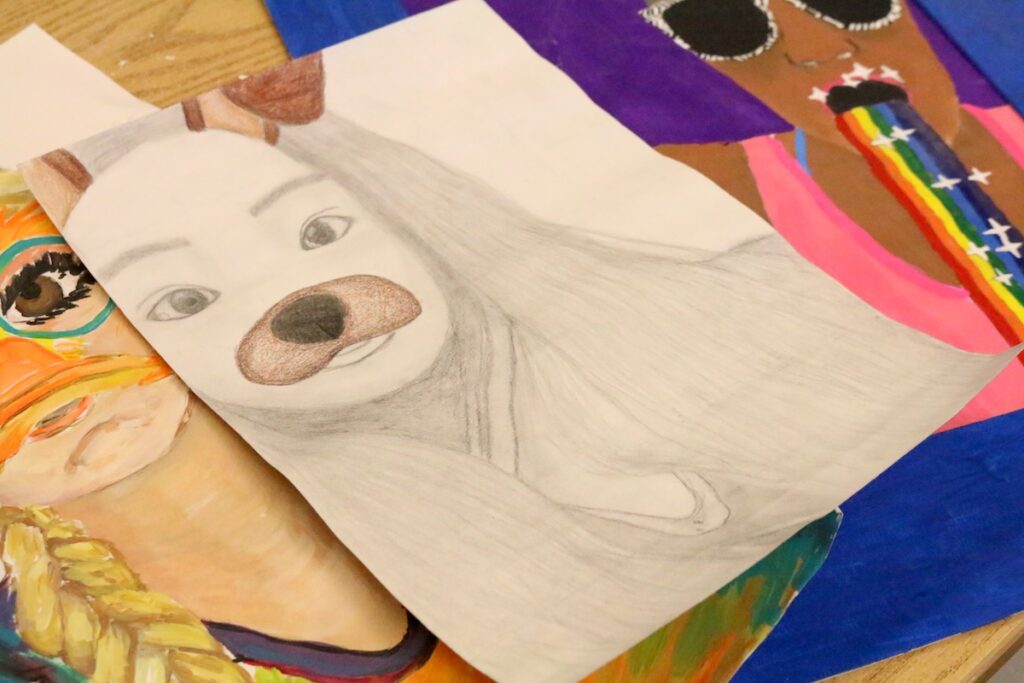
Here’s how to make your own Snapchat self-portraits!
1. Take the Photo
Have you ever lined up your students to take their photos for a portrait project? I’ve made this mistake and won’t ever do it again. Lining students up makes them feel uncomfortable. It’s like they’re on display. Plus, a big part of why students don’t like self-portraits in the first place is that they’re afraid to reveal flaws or features which make them self-conscious. Lining them up only heightens these fears.
Instead, why not let your students be in control of their photos? After all, we live in the world of the selfie. Adding a Snapchat filter can do even more to take away students’ fear. Your skin becomes a little clearer, you look a little glowy, and come on, who doesn’t love a good dog face!? Suddenly, the project becomes a lot more fun!
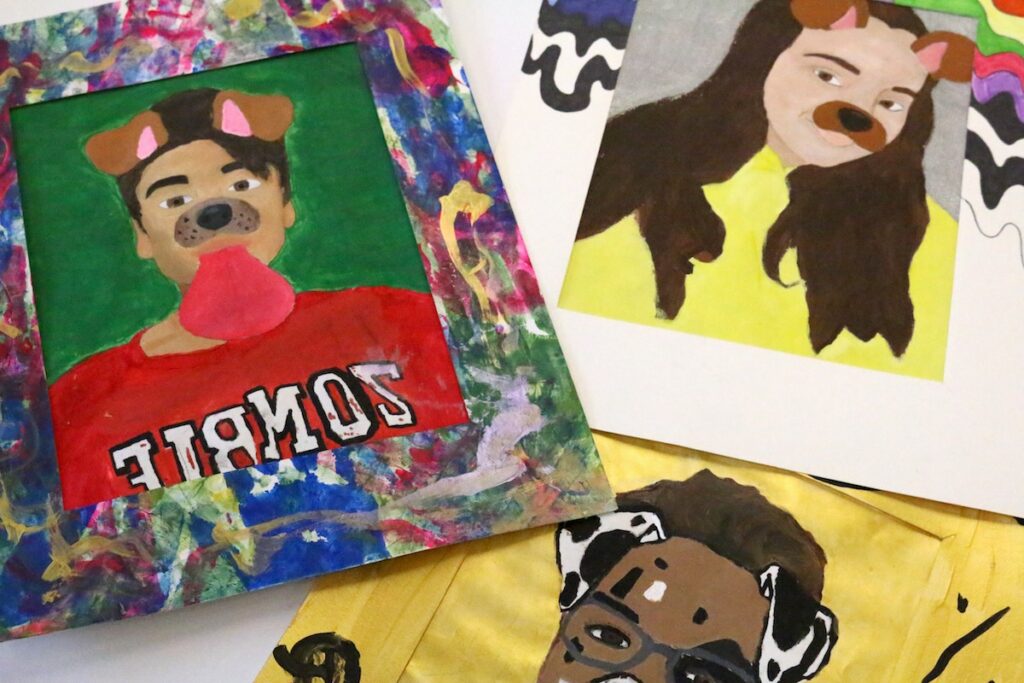
Have students take selfies using the Snapchat app. Then, have them save the images and share them with you to be printed.
If your students don’t have a phone or access to Snapchat, try one of the following:
- Let students use your phone while it’s on airplane mode.
- Have students borrow another student’s phone.
- Talk with your technology coordinator to download the app on a few of the school’s tablet devices.
Looking for more ways to hook your students through drawing? Look no further than the Rethinking Your Drawing Curriculum PRO Learning Pack! Tim will walk you through exactly how to generate ideas to help students develop interesting and engaging work.
2. Draw the Portrait & Add Color
The fact that a successful self-portrait needs to look like the artist only adds to students’ anxiety. Therefore, giving students a choice in the materials and techniques they use to complete the project can help them overcome their fears.
For example, if you have a student who isn’t feeling confident, tracing can help them get started. Allowing students to trace will make them feel at ease and let them focus on other important elements of the artwork.
On the other hand, if you have a student who really wants to hone their drawing skills, this might be a nice time for them to explore the grid method.
However students choose to get started, there are two big art concepts you can work on. One is how to draw a face using mathematical proportions. I generally use a handout with my students that shows where the features go so they can have a concrete visual.
The other is color mixing. This project is a great time to challenge your students to use only the primaries plus black and white to create their skin tone. Check out this skin tone color mixing activity to help your students with this process!
Display Your Selfies
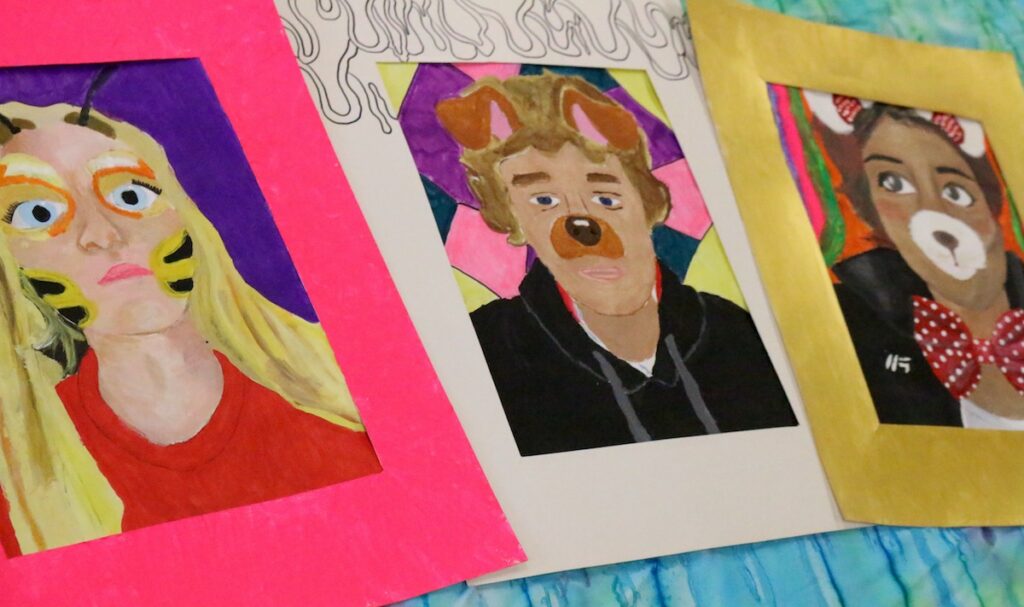
In general, students love to see their artwork displayed. However, students sometimes feel differently when the work is self-portraits. Here again, the Snapchat filters can help! The use of filters adds a sense of humor to the work. The portraits become fun for the viewer and the artist and eliminate any sense of judgment. Of course, if a student really doesn’t want something hung, they’ll generally let you know and then you can honor that choice.
Our role as art teachers is to foster a creative, comfortable, and safe place for our students. We want students to feel comfortable in their own skin as well as embracing their individuality. Incorporating social media through Snapchat can be a fun way for students to do this. You never know, maybe this will be the project where students don’t immediately flip over their printed out photo and instead want to share it!
Have you ever used Snapchat in your classroom?
What other exciting ways do you teach self-portraits?
Magazine articles and podcasts are opinions of professional education contributors and do not necessarily represent the position of the Art of Education University (AOEU) or its academic offerings. Contributors use terms in the way they are most often talked about in the scope of their educational experiences.
